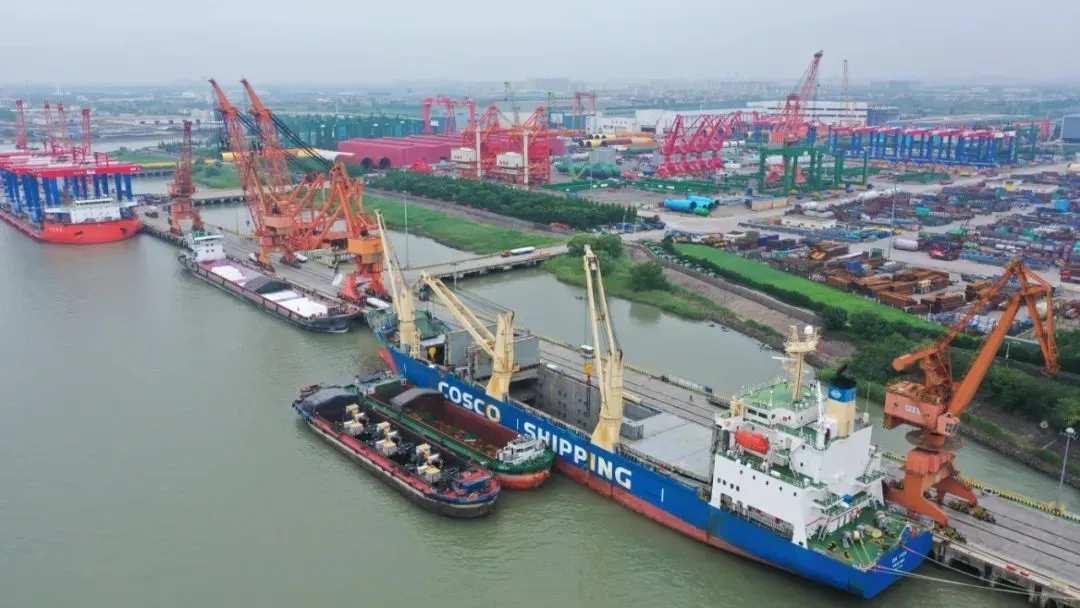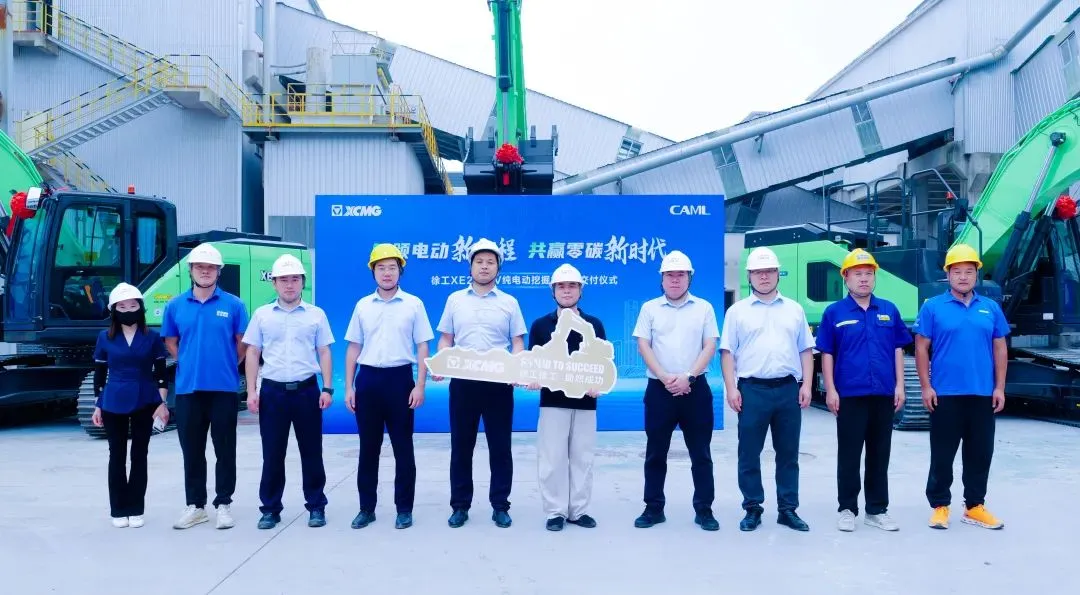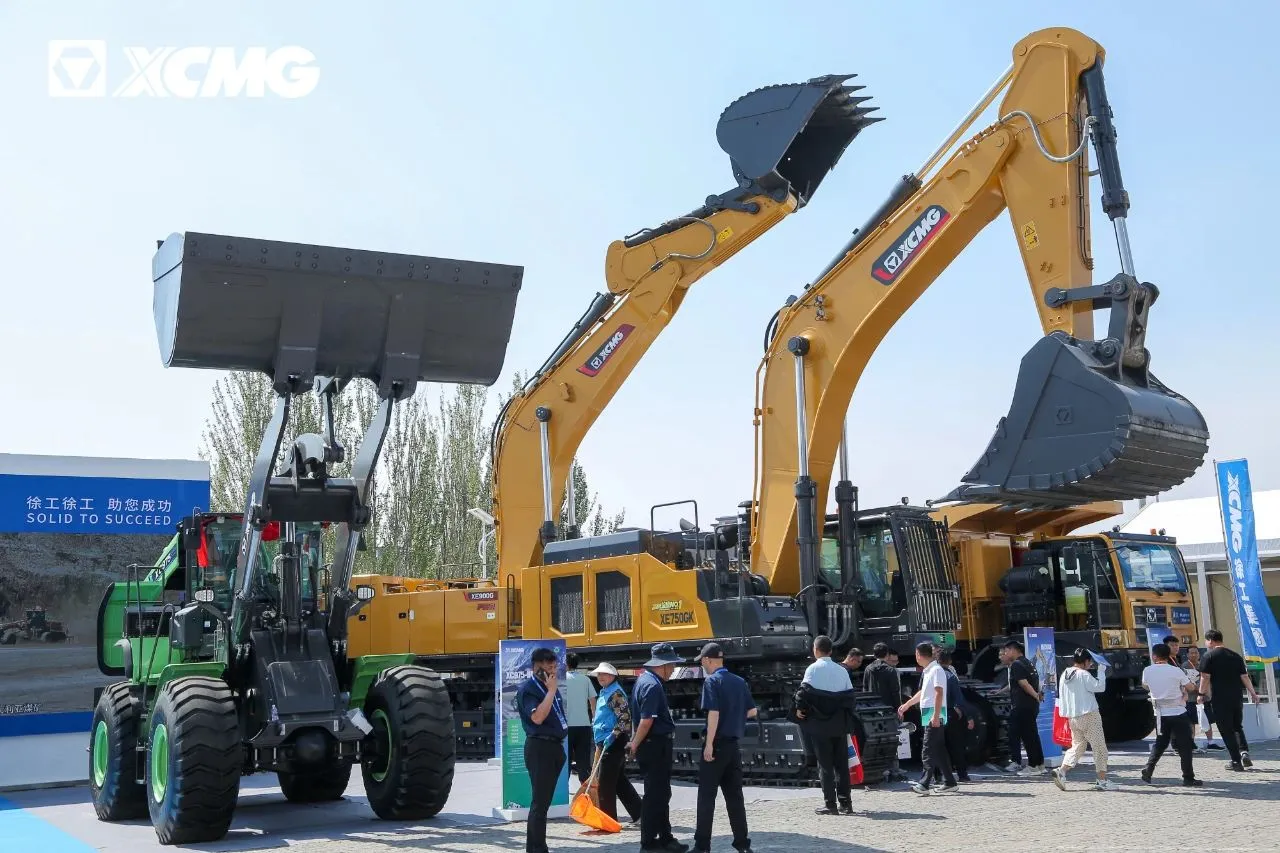How Can Employers Overcome Skills Shortages and Fill Vacancies?

As the pandemic further exacerbates problems finding good new employees, how can employers fill vacancies? Edwin Winton reports
The threat of skills shortages has loomed
large for some time across all industries. They have been discussed for some
time particularly in the construction industry and by organisations around the
world.
Associated General Contractors of America
called for action as far back as 2013 when it released its first Workforce
Development Plan. The Construction Industry Training Board (CITB) warned in
2019 with its estimation that an additional 230,000 skilled workers were
required to meet demand in the UK. The threat has never been properly addressed
and the consequences will increasingly be felt by industries around the world.
Construction skills shortage
Of particular concern is where a consistent
shortage occurs in certain hard-to-fill, and often key, roles in niche areas,
for example, in the crane and lifting sector. Knowledge intensive industries
tend to suffer more. Skills take a long time to acquire and so talent losses
are not instantly solvable. This highlights the dire need for employers to
retain and develop staff within their organisations.
It is something made even more challenging
by the ongoing pandemic. Reduced talent mobility has severely limited the usual
flow of contract staff across borders. Commercial pressures have in many areas
forced companies to cut costs. European crane and transport association ESTA
Section Cranes president, Wouter van Noort, has warned of the need to take a
more forward view of talent management.
“Good entrepreneurship requires us to look
further than the present month or even year and we should bear in mind that
before the pandemic crisis a shortage of personnel was looming that will
quickly return after the current health issues have been resolved,” van Noort
explained.
Shortages in skilled roles such as crane
operators leaves machines idle and provides a clear visualisation of the issue.
Challenges, however, are far more nuanced. Not just skills but knowledge take a
long time to acquire. An ageing population means an ageing workforce,
especially in more traditional industries such as construction.
Construction senior management roles
With such an impending exodus of mature
talent, gaps will open up in management and senior roles. Capabilities,
developed over a long period of time, are not easy to replace quickly. As
employers attempt to backfill these roles and retain skillsets, there will be
increased pressure on the already strained talent pool.
Inevitably a shortage of talent will lead
to wage inflation as companies compete to attract and retain the available
talent. From a recruitment perspective we find this happens when employers look
to replace an individual who has been with the company for many years. The role
they occupy has evolved to suit their specific skills and abilities and their
salary has been unaffected by the external market.
Expectations can become skewed as employers
attempt to find the same level of talent for the same price in a market where
trends and salaries can be vastly different. Often this can impact smaller
companies more than larger ones because they have less resource to attract,
train and develop talent.
The key question is how can employers act
to address these issues? They can embrace technology, artificial intelligence
(AI) and robotic technologies to help compensate for scarcity of labour.
Possibly just as crucially, it may help to attract younger and broader
demographics to the industry, something it has traditionally struggled with.

How can employers improve talent pathways?
Employers must work to develop and improve
talent pathways. Vocational education in schools has long been in decline and
industries need to invest in and develop new viable programmes to attract
talent at school and university graduate level. This will require collaboration
between companies and associations to develop the platforms and pathways that
inform and attract entry level and skilled candidates.
Internally, employers must invest in talent
development programmes. With increasing use of technology and automation the
skills required need to be continually upgraded to maintain and improve
productivity. Offering development pathways is also a valuable tool in talent
retention with staff likely to be more loyal where employers demonstrate a
long-term commitment to them.
Alongside the above it is crucial to evolve
and adapt staffing structures. Employers need to be conscious that with a
top-heavy staffing structure roles and capabilities have developed to suit the
talent that fill them. With stagnation and talent wastage they may need to
spread responsibilities across more staff or re-envisage their structures to
suit the available talent.
These are longer term solutions to systemic
problems. In the shorter term, with roles needing to be filled, employers must
look again at their EVP and offerings to employees. In a candidate driven
market, especially among younger generations, talent is increasingly looking
for more than just a salary from an employer. The sector must also be open
where possible to sourcing talent from a wider pool. This is especially true in
management roles, where many skills can be transferable, and employers should
look at recruiting from less traditional areas.


















